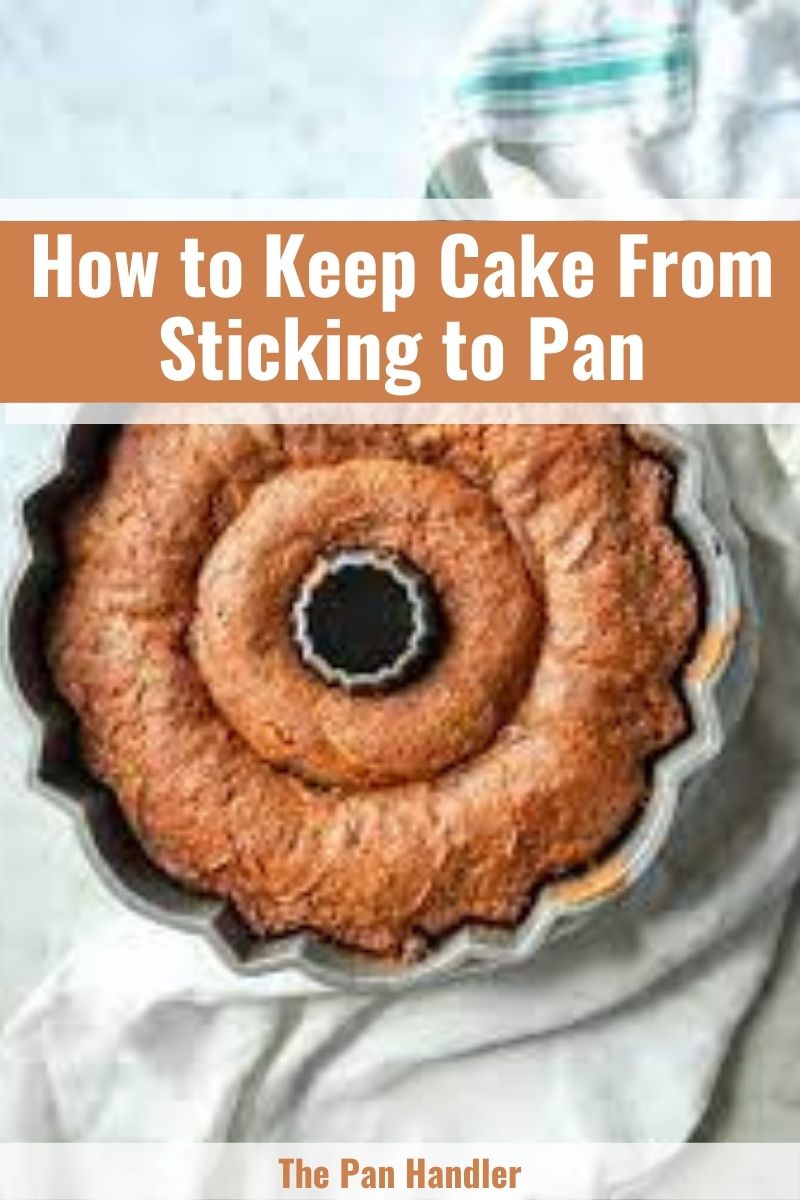Finding cake crumbs left in the pan after unmolding the cake can be a common issue for bakers. Don’t worry! We have the solution for you. In this article, we will talk about how to keep the cake from sticking to the pan.
Leftover cake in the pan is a problem all bakers are familiar with. Unless you are going to shape your cake, the uneven look is a bit unsightly.
Pans such as bundt and tube pans are utilized to create aesthetically pleasing cakes.
Flour and Grease
The oldest method in the book is to flour and grease your pan. You can use any oil-based product for baking such as butter, baking spray, or shortening. Vegetable oil or coconut oil is also an alternative grease option.
This method is the easiest one. With three easy steps, you will have a non-stick surface in no time.
- Get any oil product of your choice and thoroughly spread it across the pan.
- Sprinkle around 2-5 tablespoons of flour, depending on the size of the pan. Gently shake the pan until the whole surface is covered with flour. You can use cocoa powder as an alternative if you are baking a chocolate cake.
- Remove the excess flour by turning the pan upside down and tapping it. Then pour in the cake batter.
This method is the oldest and most accessible since you are just using ingredients you already have.
Greased Parchment Paper
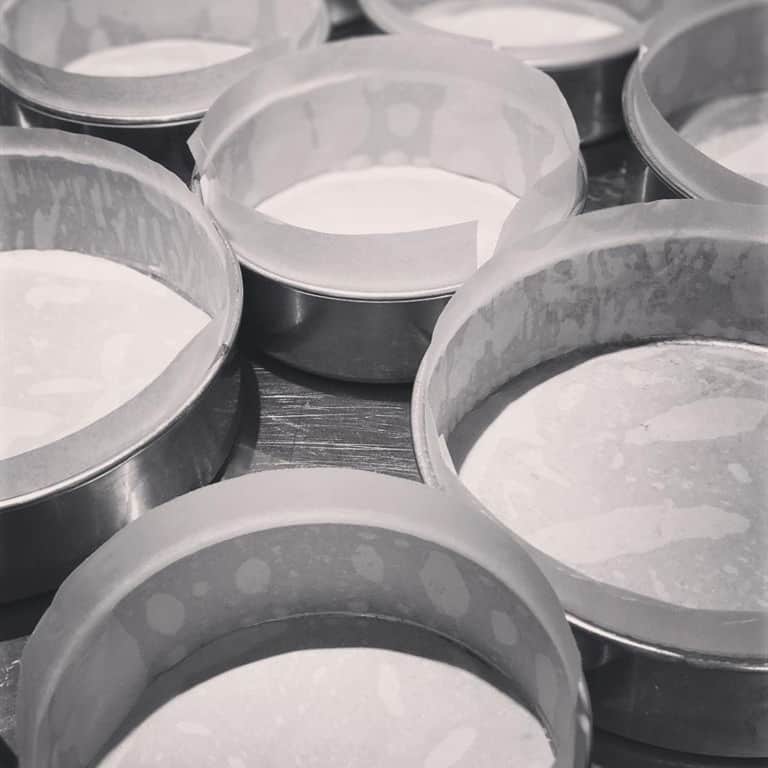
The greased parchment paper is one of the most popular methods used to keep your cakes from sticking to the pan. Parchment paper, also known as baking paper, is an effective product to use for the removal of your cake.
The glossy and absorbent nature of the paper can reduce the likelihood of your baked treats sticking to the pan. Adding an oily substance such as butter or shortening will create a coating on your pan.
This coating will ensure that you will not have cake crumbs sticking in your pan.
To do this method, you need:
- Parchment Paper
- Any oil-based substance (butter, margarine, or shortening)
- Flour
Steps:
- Coat the whole pan with butter, margarine, or shortening.
- Cut the parchment paper to fit the bottom of the pan. Make adjustments to secure the parchment paper.
- Grab the oil-based product of your choice and coat the parchment paper.
- After making sure that your pan is nicely coated, sprinkle a bit of flour on top.
- Remove the excess flour by gently shaking the pan.
Then, you’re done. When it comes to non-stick pan methods, this is the most cost-effective one since you already have most of the ingredients.
Magic Cake Pan Release
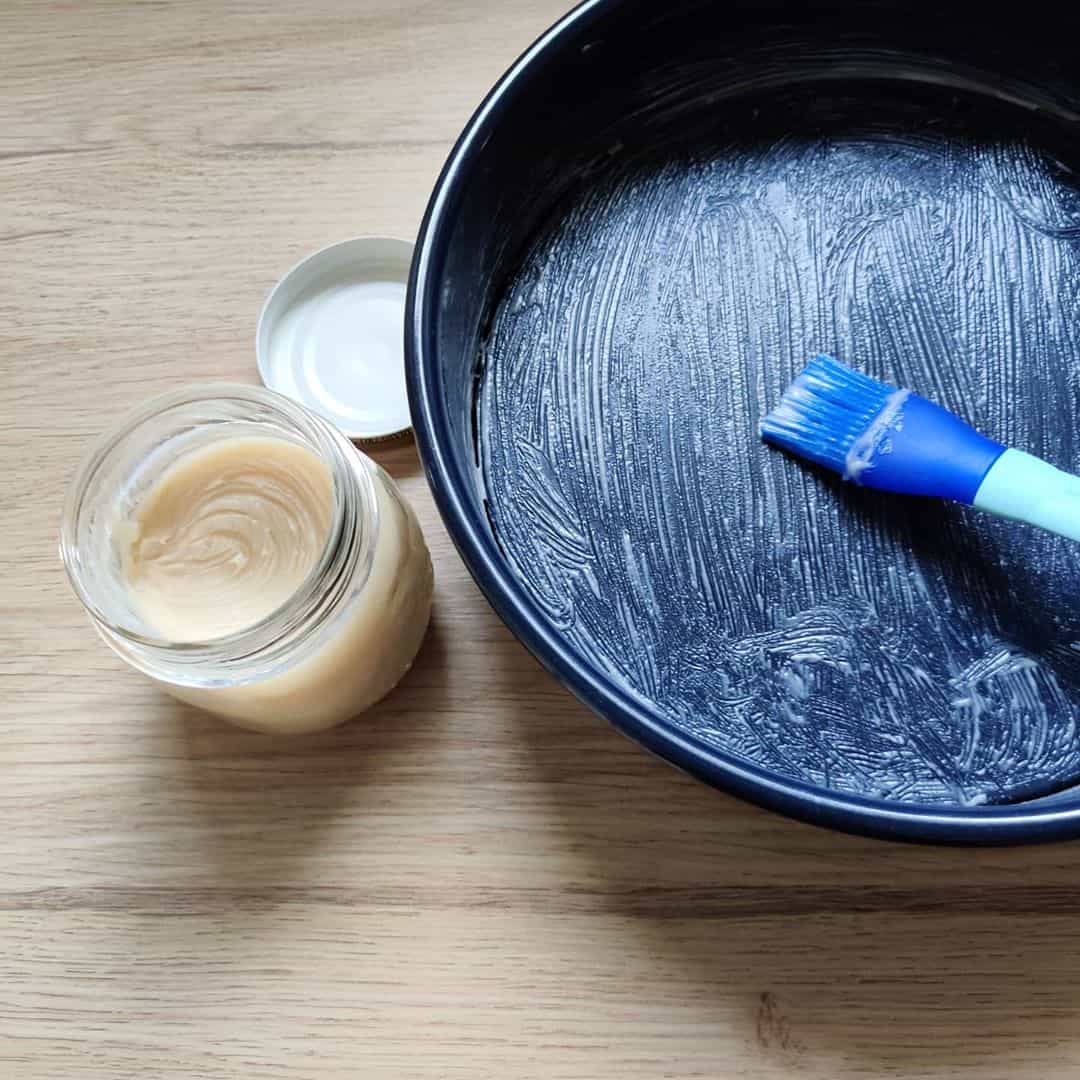
Magic cake pan release is a paste made to grease cake pans. You can either buy them or put them together on your own.
To make the magic cake pan release you will need:
- 1/2 cup flour
- 1/2 cup shortening
- 1/2 cup vegetable oil or coconut oil
Steps:
- Combine the vegetable oil and shortening in a mixing bowl.
- Gradually add the flour. Make sure to continuously mix as you pour the flour.
- After mixing all the ingredients, grab a pastry brush or rubber scraper and spread it in the pan. Make sure to coat all of the surfaces.
That’s it! With three easy steps and three simple ingredients, you can greatly reduce the chances of the cake sticking to the pan.
The incredible thing is you can keep the mixture for about three months.
For better storage, keep the mixture in a sterilized mason jar. Place the release paste on the fridge or a dry and dark place.
The cake release method is perfect if you are looking for a ready-to-use and easy-to-apply paste.
Non-Stick Baking Spray
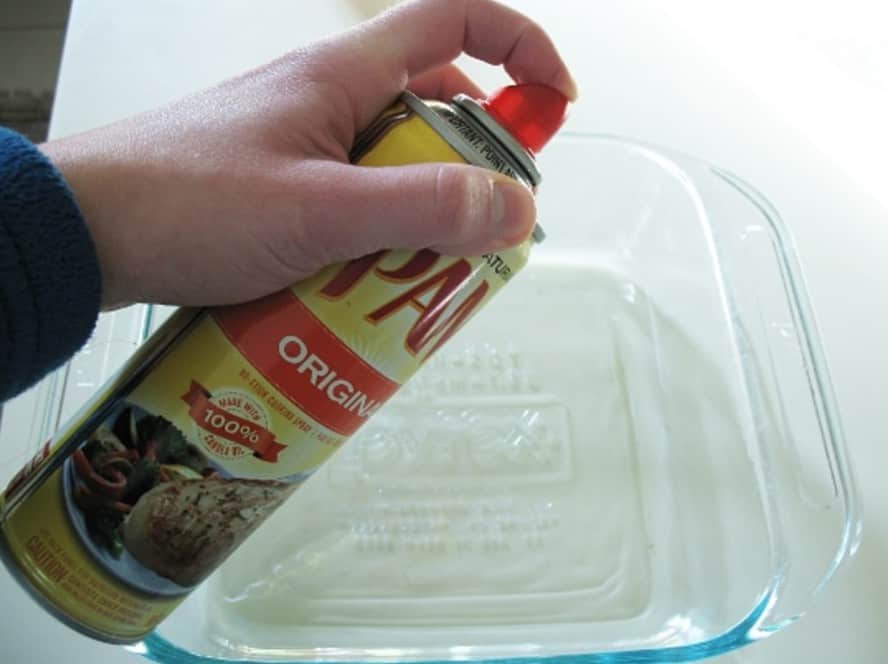
If you want a quick and convenient way to remove cakes from your pan, using a non-stick baking spray might be the one for you.
Coat the whole surface of the pan with the spray before adding your batter. That’s it! You’re done and ready to bake.
Most non-stick baking sprays are relatively cheap, like this one from Baker’s Joy.
If you are using a bundt pan, make sure to coat all of the nooks and crannies of the surface. You can do this by spreading the non-stick spray with a pastry brush.
Shortening
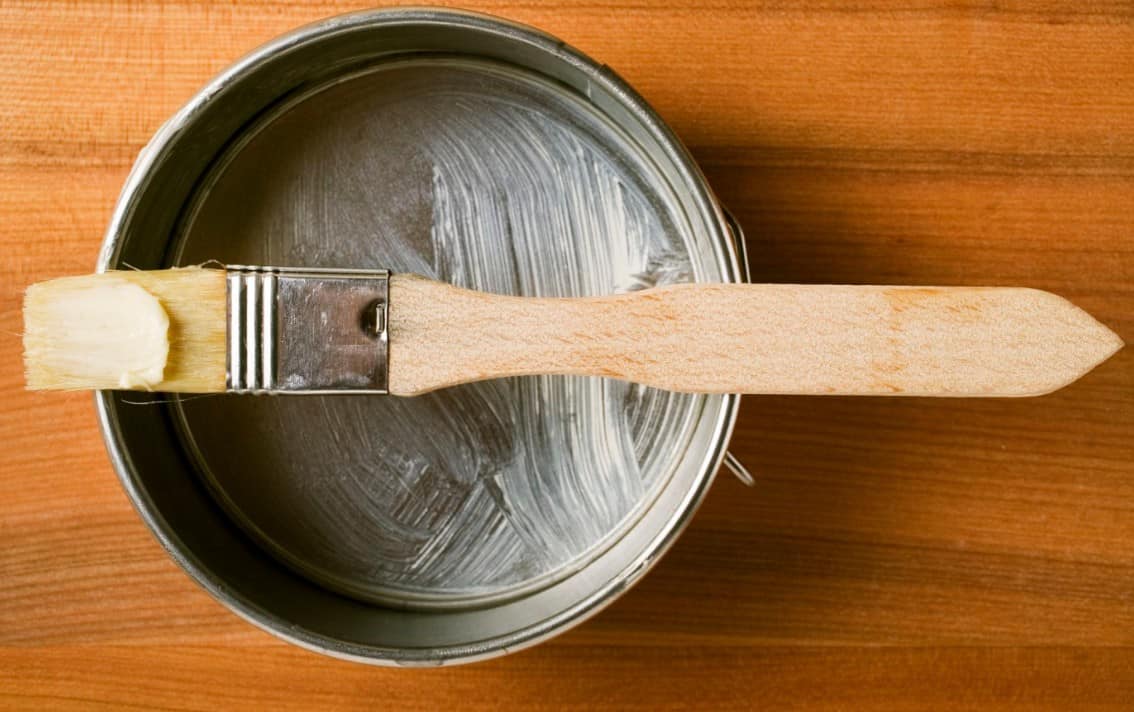
Shortening is a staple for bakers. Fortunately, it’s also a great way to make your pans non-stick. Just grab a pastry brush or rubber spatula and grease your pan.
You can also add a bit of flour to the pan.
Ghee
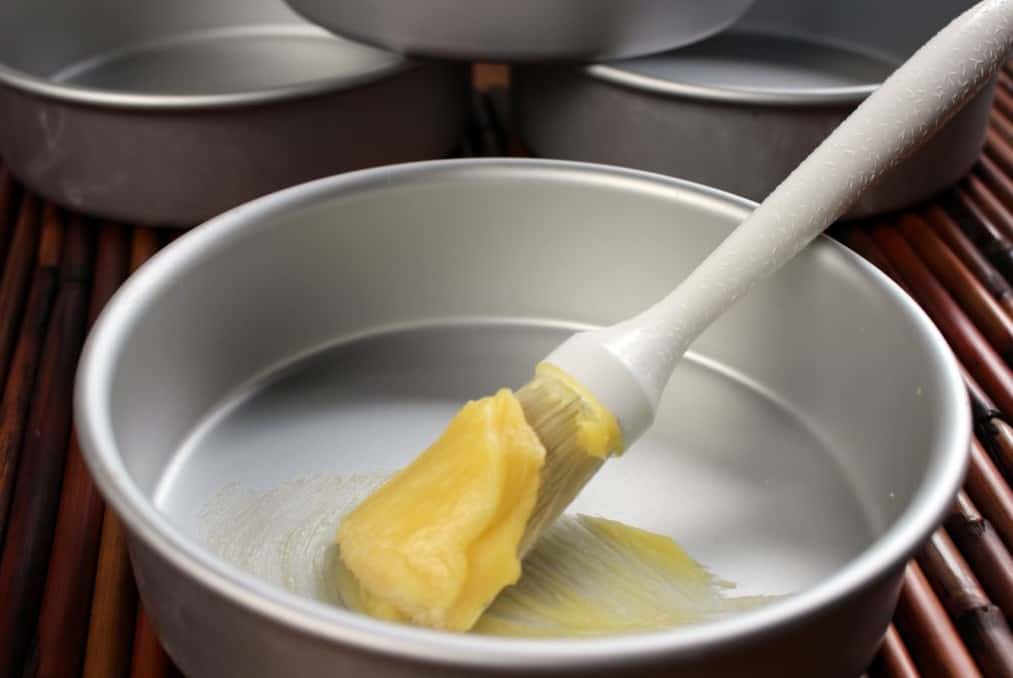
Ghee or clarified butter is an oil-based product known for its rich, buttery taste. It’s perfect for greasing your pan as ghee has a high smoking point.
It’s also great for people with dairy sensitivity since ghee is made by removing the milk solids.
You can buy ghee in your local groceries or make it yourself.
To make ghee, you only need two things:
- 1 lb (454 grams) butter
- Cheese cloth, coffee strainer, or milk bag
Steps:
- Slice the butter into smaller pieces and cook it on low heat.
- Wait until the butter starts simmering. You will see that foam will begin to bubble on top. With a spoon, remove the foam.
- Continue cooking for 20-25 minutes or until you see the milk solids on the bottom of the pan. The ghee will also start to form, producing a prominent nutty aroma.
- After cooking, strain the ghee with any straining product of your choice.
With four simple steps, you now have ghee.
If you have leftover ghee, you can put it in an air-tight container for better safekeeping.
Ghee is incredible as it has a six-month shelf life when stored naturally and up to a year when stored in the refrigerator.
Aluminum Foil
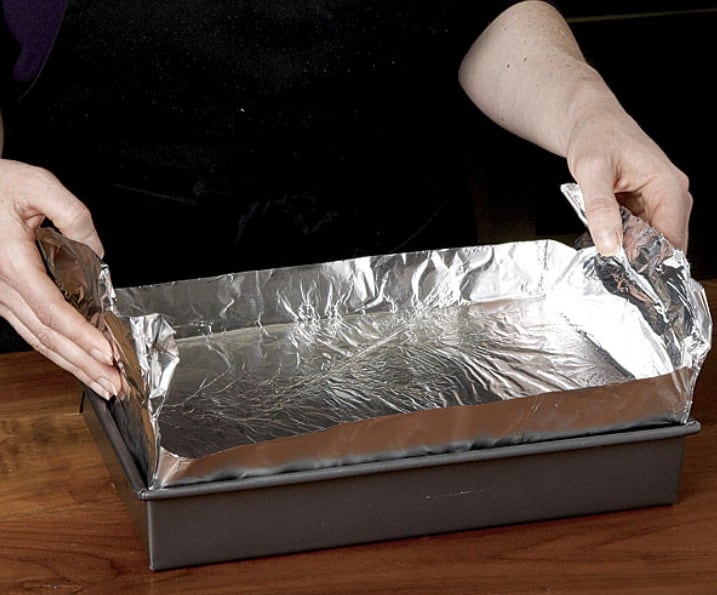
If you want to easily lift off a cake from the pan, aluminum foil can do the job.
To do this method, you need to cover your whole pan with aluminum foil and grease it with any product of your choice. Aluminum foils are a great heat conductor so be sure to watch over your cake.
Silicone Pan or Mat
![]()
Made with high-grade silicone, you can ensure that your cake won’t stick if you use silicone bakeware. Silicone is another alternative to using parchment paper.
Silicone pans are heat resistant as they can withstand high temperatures up to 420°F. One of the most important pros is that silicone pans and mats are reusable.
You don’t have to discard it after a single use. It’s both cost-effective and produces less waste.
Buy a Non-Stick Pan
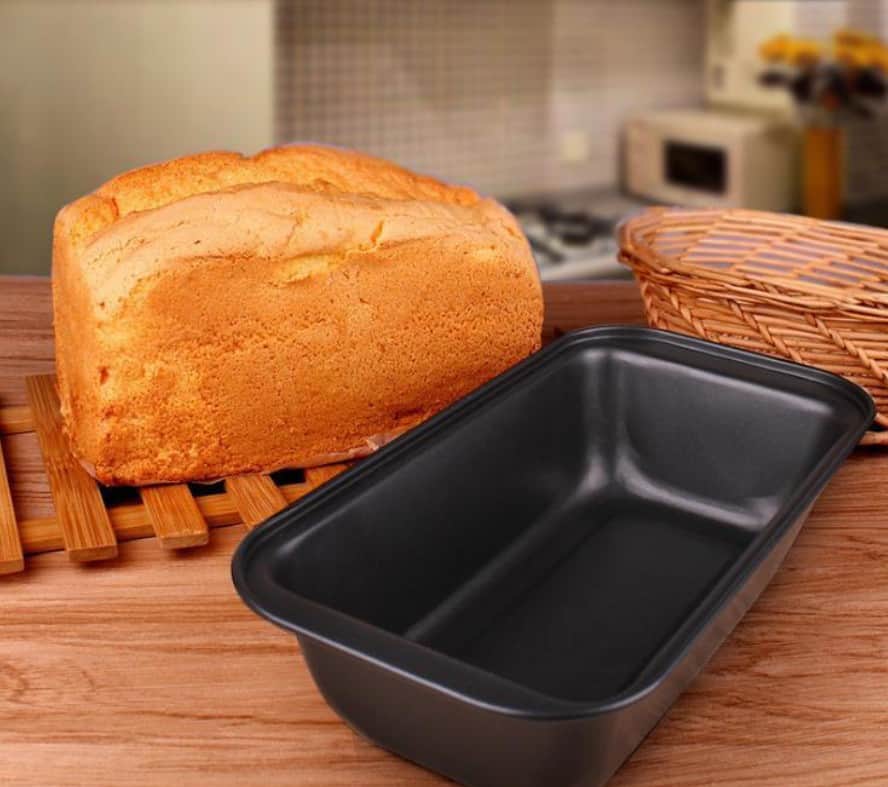
Non-stick pans are widely available in the market. Although, they come at a higher price compared to other pans. The non-stick quality is useful with bundt pans and springform pans.
Bundt cakes are famous for their intricate design. If you have the budget, we advise using non-stick bundt pans.
Why do Cakes Stick to the Pan?
Have you already tried the methods mentioned but your cake still leaves crumbs?
There are a lot of reasons your cake can stick to the pan.
The Cake is Too Hot or Too Cold
When removing your cake from the pan, make sure it’s around room temperature. Lifting off a hot cake can cause it to crumble. Removing the cake too cold will make the cake stick into the pan.
Insufficient Greasing
When greasing your pan, do it either with a baking spray, butter, or shortening. Make sure you coat the entire surface.
This tip applies to all cake pans, especially bundt and springform pans. Use a pastry brush to cover your entire pan.
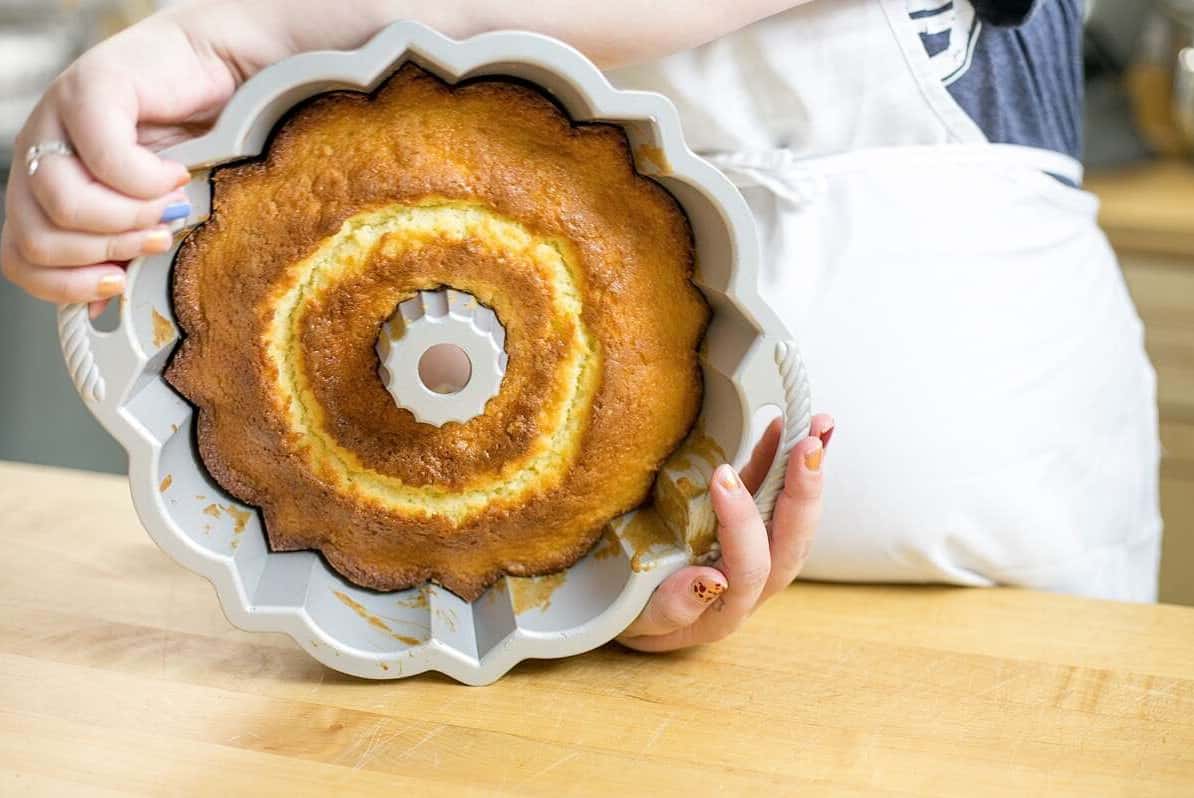
Not Using the Proper Baking Spray
When it comes to baking spray, don’t buy the one that says ‘cooking spray’ on the packaging. Baking sprays need to have two base content, oil-based ingredients such as butter or shortening and flour.
Read the packaging carefully before buying and greasing your pan.
Your Parchment Paper is Not Up To Size
If you choose to use parchment paper in your baking process, make sure that you coat the entire bottom of the pan.
The batter can seep through the cracks if you are not sizing your parchment paper properly. Make sure to follow the rule, measure it twice, and cut it once.
You can trace the shape of the pan before cutting the parchment paper. It will ensure that you have the proper size.
Use a Cooling Rack
Want a better airflow in your pan? Use a cooling rack.
The cooling rack is a tremendous help with letting your cake cool down. As said earlier, the too hot or too cold temperature can cause the cake to lose its shape.
Tapping Method
This method is incredible for bundts and sprung for pans. Grab a plate and place it directly on top of your pan.
Lay the plate on a table to lay your pan upside down.
Start tapping on the bottom of the pan. The tapping will cause the cake to loosen up. Once you stop tapping, try to lift off the pan from the cake.
If you follow the methods on top step-by-step, the removal of the cake is more manageable.
In Conclusion
Cake sticking to the pan is a challenge many bakers face. Fortunately, with the methods explained in this article, you can now enjoy a hassle-free and non-stick pan. If you have more questions, comment down below.
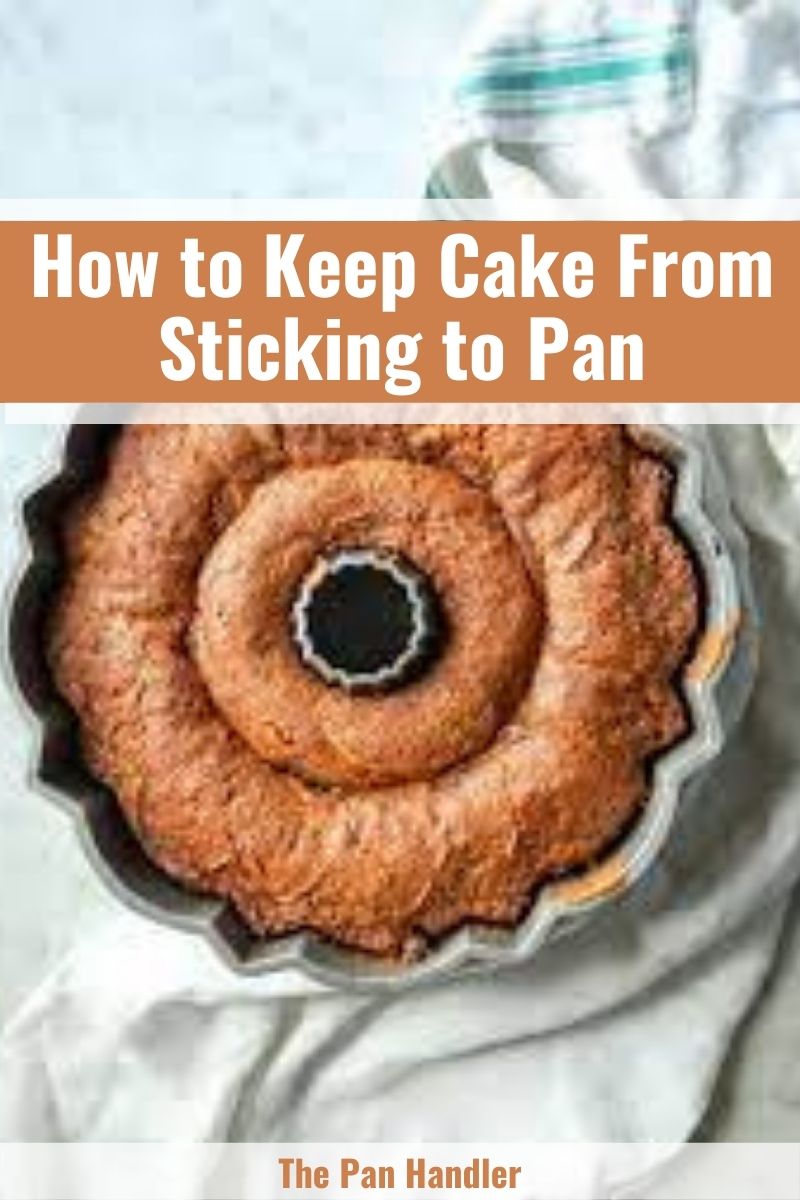

Michael Johnson is the founder of Pan Mastery, Inspired by his blacksmith grandfather’s legacy has a deep appreciation for hand-crafted pots and pans, he provides invaluable guides, reviews, and recipes to enhance your culinary journey.

